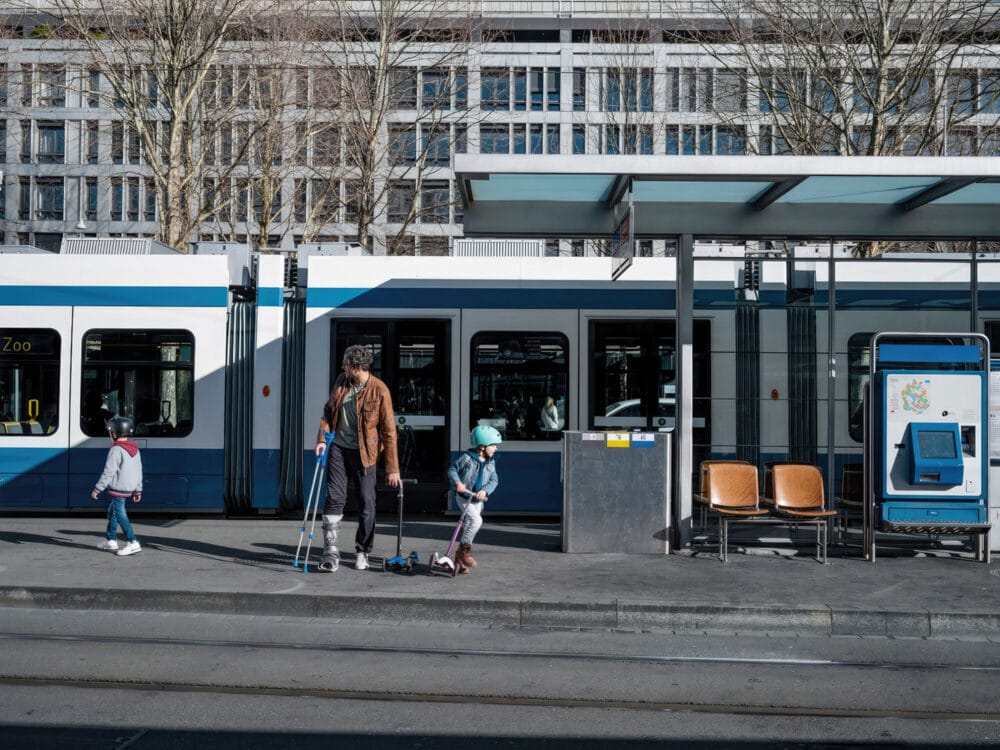Nuclear accident protection drill without the population to be protected?!
Once again, the Federal Office for Civil Protection (FOCP) is leaving out those it is supposed to protect in the event of a nuclear accident: The mass of people is also missing from this year's so-called 'total' emergency exercise (GNU), which the FOCP is currently conducting at the Mühleberg nuclear power plant.

To a large extent, the management bodies will also remain among themselves when this time they will practice the "transition to the management of the (...) consequences of the accident in the first days after the accident". This is according to the current press release of the Physicians for Environmental Protection (AefU) absurd. Moreover, the authorities have adapted the currently practiced nuclear accident to their possibilities. They want to use the embellished accident scenario as a basis for the Civil Protection also stipulate in the revised Emergency Preparedness Ordinance.
Evacuate 575,000 people - Bern excluded?
The GNUs take place every two years. Also this time practice the Emergency rods the nuclear accident on their own, virtually as a dry run without the population. In the vicinity of the nuclear power plant (NPP) Mühleberg live over 575 000 people. They would all be directly affected by a nuclear accident. But they hardly notice the exercise of their supposed protectors. Bern is also within the immediate range of an escaping radioactive cloud. There are no concepts on how to evacuate the city's population as a precaution, nor on who could get them out of their cellars through the contaminated area and how.
What is now being practiced at the Mühleberg nuclear power plant is to be laid down by the Federal Council in the future in the Ordinance on Emergency Preparedness in the Vicinity of Nuclear Facilities (Emergency Preparedness Ordinance, NFSV). The consultation ended just one day before the current overall emergency exercise in 2017. In it, the Federal Council writes that, for the evacuation of the Emergency protection zone 1 (immediate vicinity of the nuclear power plant), six hours would be sufficient, or 12 hours for the evacuation of the extended zone 2. However, corresponding studies on the feasibility are lacking. According to the authors of an ETH study, simulations for the Gösgen nuclear power plant are explicitly not transferable to the Mühleberg region. Nevertheless, the Mühleberg nuclear power plant is practicing according to this scheme. So whether the time would be sufficient in an emergency for the people to safety is completely open.
Just leave people with mobility disabilities behind?
The evacuation of hospitals, nursing homes and prisons remained in the ETH study on the minimum time required for large-scale evacuations excluded. It is the only study so far that dealt with such time calculations for the area around the Gösgen nuclear power plant. Evacuation of such facilities would take "significantly longer than 30 hours". The evacuation of homes for the disabled and schools remains just as unclear as people living independently but dependent on assistance (e.g. Spitex). In its evacuation concept, the FOCP writes that it "must be decided whether a precautionary evacuation should be dispensed with if a certain part of the population is unable to leave the area in time, or whether the protection of the successfully evacuated part of the population should be given higher priority". This is reminiscent of a war scenario: Those who do not get away independently are out of luck and left to their own devices. However, a prerequisite for the operating license for nuclear power plants is a functioning emergency protection for all.
The nuclear accident must adapt to the capabilities of the authorities
Questionable are already the basic assumptions of the authorities about the nuclear accident to be practiced Their scenario 'A4 in medium weather' (short: A4) sets 10 times less radioactivity released than in Fukushima or 100 times less than in Chernobyl. The authorities chose A4 as a compromise because, among others, the Swiss Federal Nuclear Safety Inspectorate (Ensi) wanted to keep the previous A3 scenario, but several cantons wanted the A5 scenario (Fukushima) or A6 (Chernobyl) as a basis. The reference scenario used thus has little to do with the reality on which the Protection of people in the event of a serious accident at the Beznau, Gösgen, Mühleberg or Leibstadt nuclear power plants. The nuclear power plant operators were allowed to play a prominent role in the simple compromise. The affected civilian population, on the other hand, had nothing to say about it. This euphemistic Accident scenario A4, the Federal Council now also wants to include it in its new emergency protection ordinance.
The radioactivity does not leak out until the emergency response is ready....
In the case of accident scenario A4, the radioactive cloud escapes at the earliest six hours after the accident is noticed and not after four or even two hours, as is to be expected in the more severe scenarios A5 and A6. Why? Until Swiss civil protection is operational, it needs "a preliminary phase of six hours," according to ENSI in 2014, so they chose an accident scenario in which emergency protection does not appear hopeless from the outset. "The authorities are bending the nuclear accident to fit their concept. Once again, they are putting the interests of the nuclear power plant operators ahead of the Protection of the population from uncontrollable nuclear energy," comments Peter Kälin, MD, President of Physicians for Environmental Protection (AefU). "In this way, the authorities are violating the provisions of the Nuclear Energy Act, which requires functioning emergency protection as a prerequisite for a nuclear power plant operating license," Kälin clarifies.
If a serious accident is in the offing at a Swiss nuclear power planttime is pressing. The Emergency Ordinance, however, leaves it up to the nuclear power plant operators to recognize an accident and assess its extent. They are supposed to report what they always deny as impossible. The criteria used to make the detailed assessment are secret.
Full press release the Physicians for Environmental Protection (AefU)
Video: What happens if Fukushima happens in Mühleberg?
Physicians for Social Responsibility and for the Prevention of Nuclear War (PSR/IPPNW Switzerland)









